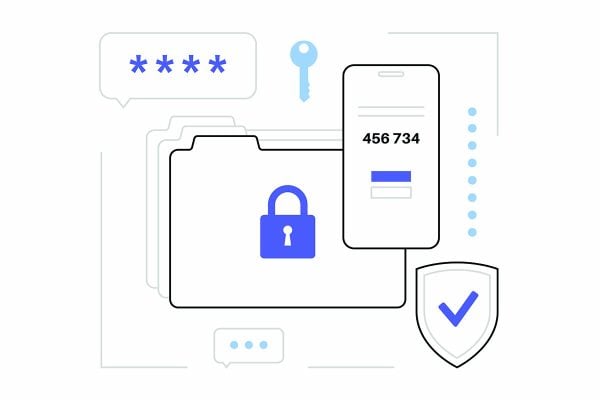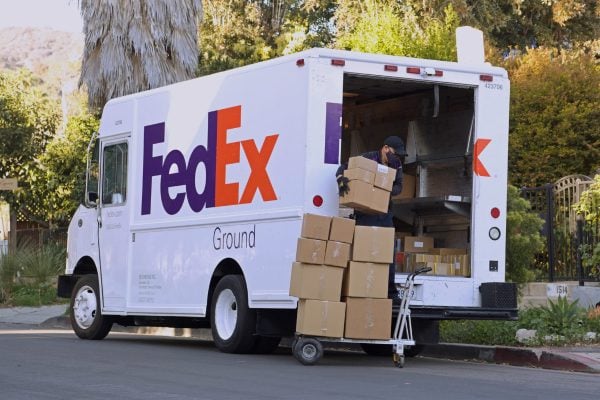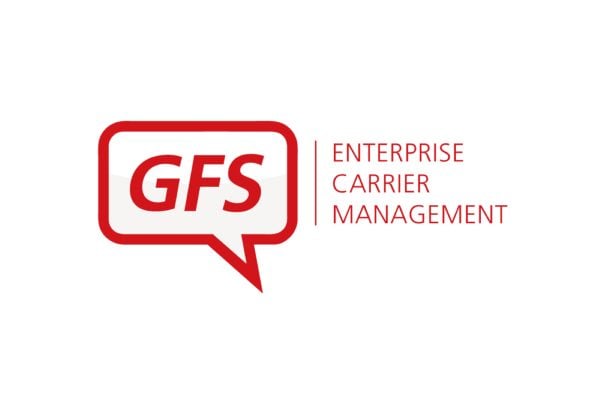The pressure is on as sellers report that increased shoppers’ delivery expectations have become one of the most disruptive trends they are facing today. Consumers want to know exactly how, when and where they will take physical receipt of their goods, says Annual Retail Survey by KPMG.
This survey featured 297 sellers across 30 product categories and looked at the dynamics at every stage of the retail cycle, from purchase and transaction through to collection, delivery and returns.
Shoppers’ expectations are constantly changing, influenced by disruptors’ innovations, solutions and technology. However, knowing shoppers’ delivery expectations can help sellers’ plan their last mile model and tweak it as these expectations evolve.
Delivering on expectations
Consumers are expecting more from their deliveries. Historically, shoppers have taken advantage of slower, cost-free delivery options. This stood at 50% of respondents in 2016, but they are increasingly happy to pay for next day delivery rather than not getting their item at all – mainly if charges are lower than typical next day rates.
It also seems that consumers’ expectations of service do not stop with the sellers: 5% of respondents
said that the allocated delivery company would influence their purchasing decision. Furthermore, over a third know who the delivery company was.
Tracking technologies
Internet purchases have become the norm, and it is only right that customers want to know where their goods are. With some sellers outsourcing their delivery services, the clear focus needs to be given to the value that third-party carriers provide in their distribution strategies and their impact on the vital ‘last mile’ experience.
Investment from some delivery providers in customer tracking apps is paying off. Some 37% of the shoppers tracked the whereabouts of their goods – often right down to the last 15 minutes before delivery.
Communications have also vastly improved, with a noticeable impact on the end-to-end customer journey. Some 58% of the shoppers ranked the experience of their parcel tracking as “very good,” giving confidence that sellers are moving in the right direction when it comes to tracking deliveries.
A small window of opportunity
As consumers face multiple competing demands for their time, they have a clear message for merchants: fit around my schedule, or not at all. Shoppers’ growing delivery expectations combined with a fiercely competitive landscape have seen the once standard ay-long delivery window shrink drastically, and many sellers now offer hour-long timeslots.
Some 37% of the respondents deemed having the ability to book a defined slot as highly essential and with two in five consumers claiming they would go elsewhere if sellers could not offer a delivery option to suit their needs. Merchants and parcel carriers have no choice but to catch up. As forward-thinking firms allow customers to change both delivery time and destination, sellers’ networks and delivery providers are battling further time and cost squeezes.
Next day delivery
As consumers seek instant gratification, it is important that sellers move quickly to supply their goods. It is estimated that nearly three in four shoppers would spend more if we could receive their purchases on the day we bought them.
The report says that the UK retail could be losing as much as £4.9bn a year by not offering this option. Shoppers that opted for next day delivery spent on average £5.52 for this service – a small increase on last year’s average next day delivery cost of £5.43 – showing a steady trend in consumers’ willingness to spend for a next day service.
The final destination – home, office or collection?
Incessant consumer demand for convenience means that ‘click and collect’ is becoming more popular. With consumers struggling to predict their whereabouts in order to sign for deliveries, it is no surprise that 24% of shoppers chose to ‘click and collect’ during Black Friday. That’s up from 20.6% last year. With more customers passing through stores to collect their orders, marketplace merchants with a physical, customer-facing presence should consider offering this service if they have not already.
Those who do not can capitalise on the success of local pick-up points to provide another delivery option. While this service poses additional logistical and capacity challenges for sellers, it is in their interests to cash in on the flexibility that makes it appealing to the end customer.
This, however, does not discount the importance of the home as a delivery destination. Some 66% of respondents cited their personal address as their preferred destination for parcel delivery. Of these respondents, 37% rated booked timeslots as very important, giving the message to merchants that as well as ‘click and collect’, their focus should be on narrowing down the delivery windows provided to customers.








